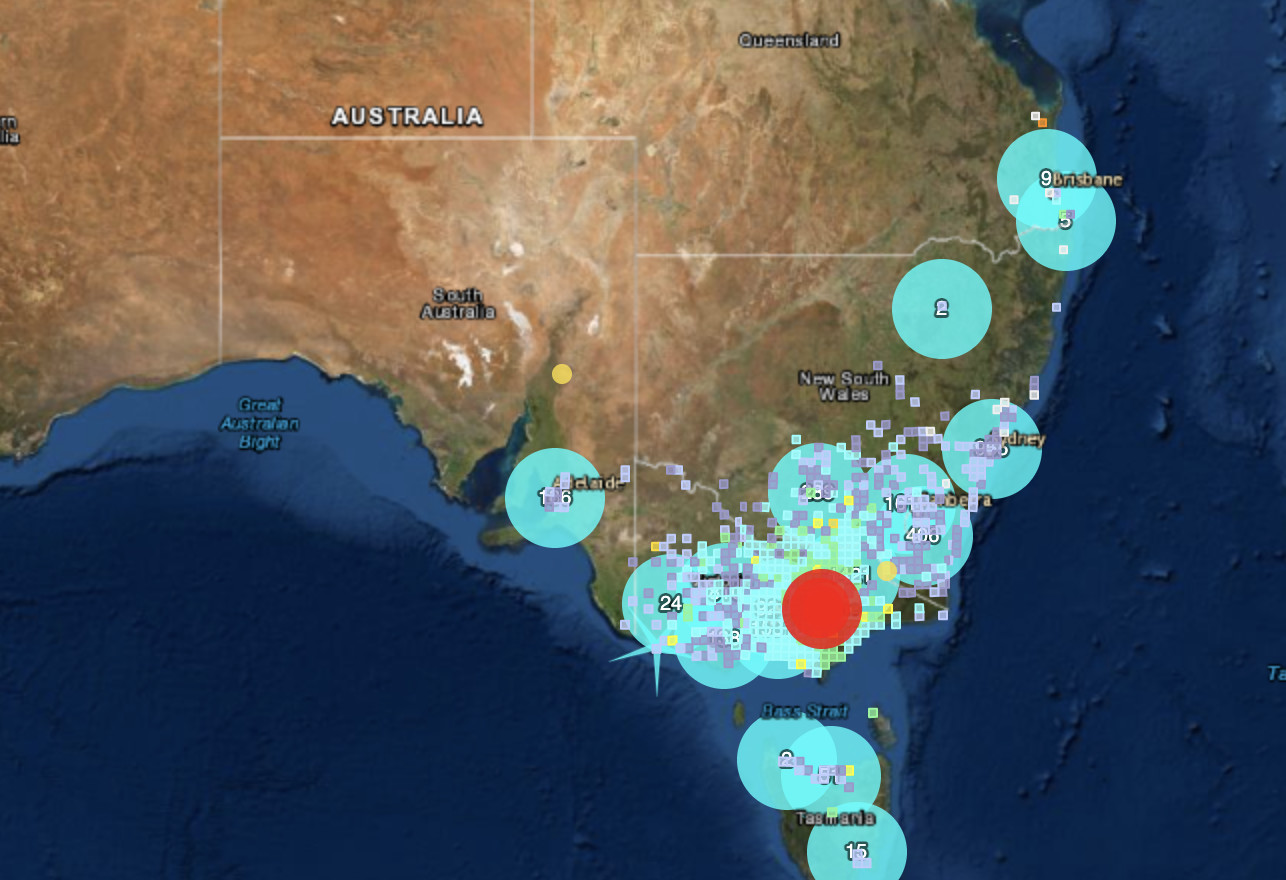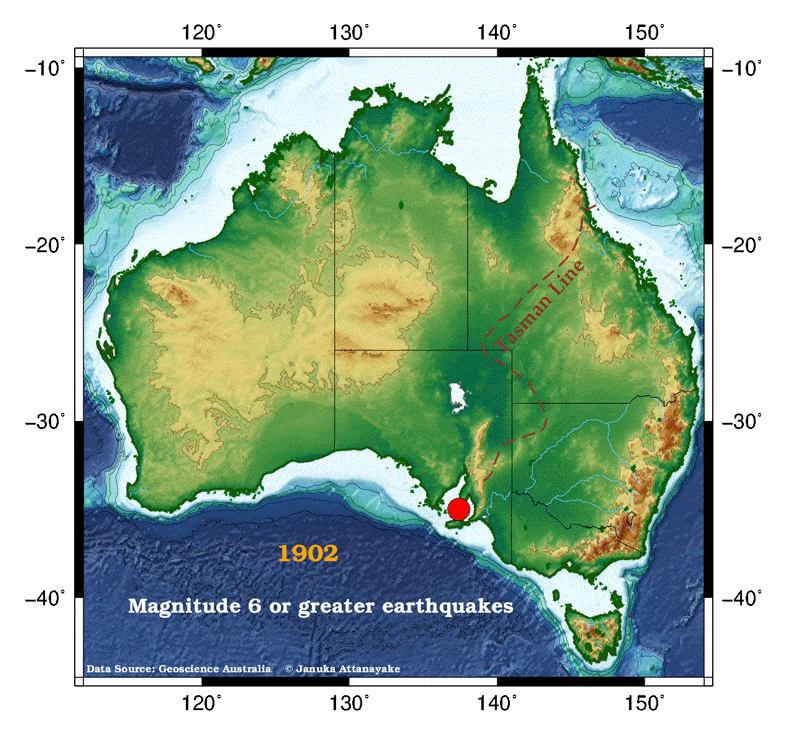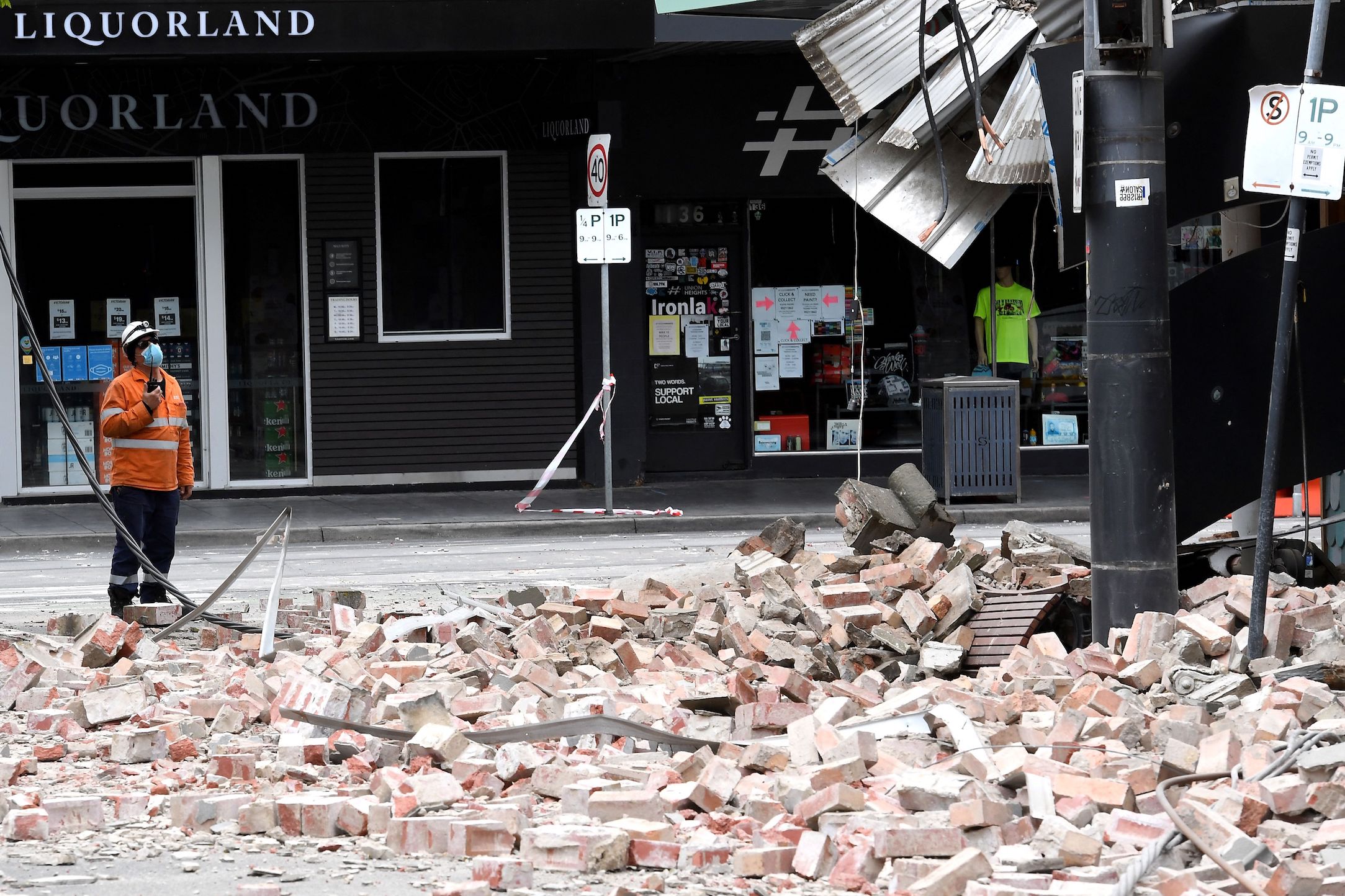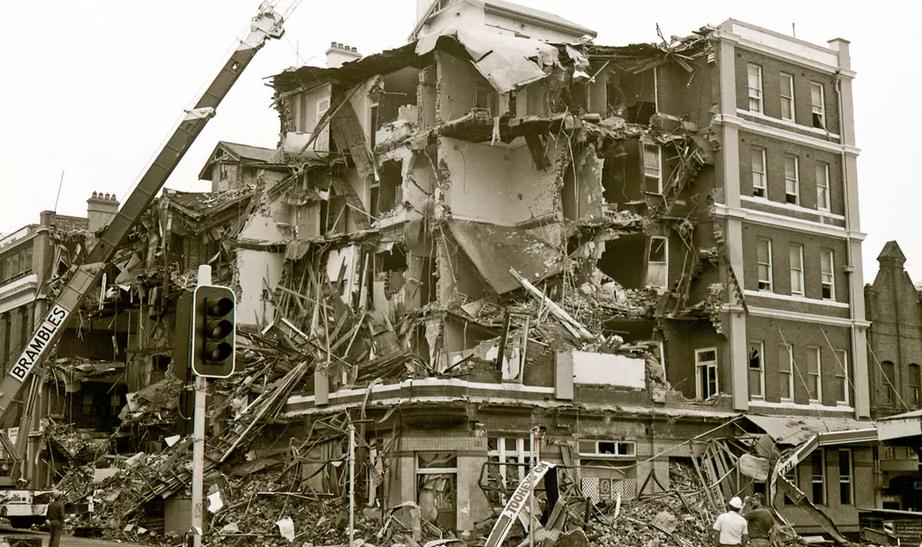
Sciences & Technology
Earthquakes that talk to each other

It’s the largest onshore earthquake in Victoria in recorded history and it rocked Australia’s east coast – but where did it come from? And why now?
Published 22 September 2021
On the morning of 22 September, Victoria was rocked by three earthquakes, felt as far away as New South Wales, Canberra, Adelaide and Launceston.
The magnitude 5.9 earthquake was recorded just outside of Woods Point, near the central Victorian town of Mansfield at 9.15am AEST.

The quake caused structural damage to buildings across Victoria, and a ‘watch and act’ emergency warning has been issued for Victoria as residents are told to brace for more aftershocks.
So what caused the earthquake? And could we expect any more?

Sciences & Technology
Earthquakes that talk to each other
We asked Dr Januka Attanayake, a Research Fellow in Earthquake Seismology, and Associate Professor of Earthquake Sciences, Mark Quigley, at the University of Melbourne, some key questions.
HOW BIG WAS THIS EARTHQUAKE IN AUSTRALIA’S HISTORY OF EARTHQUAKES?
Considering the recorded earthquakes over the last 100 years or so, Australia experiences a magnitude 6 or greater earthquake every six to eight years.
We observe that the largest onshore earthquakes occur in the western half of the continent where the Earth’s crust is the oldest, which can measure up to magnitude 6.6.
However, in the eastern half of the country, we have not recorded a magnitude 6 earthquake since we started keeping careful records of earthquakes. In fact, today’s earthquake – with a magnitude 5.9 – appears to be the largest event we have experienced in the eastern half of the country.

If you consider the offshore environment, the story is a bit different as there are records of magnitude 6 and greater earthquakes occurring northeast of Tasmania.
Palaeoseismological studies suggests, however, that much larger earthquakes, possibly up to magnitude 7 – 7.5, are possible on the Australian continent, and it’s likely that Indigenous people might have experienced these.
Earthquakes could occur anywhere within the Earth’s crust regardless of proximity to a plate boundary.

Sciences & Technology
Earthquakes: The lessons learned
However, earthquakes occur more frequently near plate boundaries because that’s where relative crustal motion (strain) is mostly concentrated.
This does not mean that plate interiors don’t get strained. These regions strain at a much lower rate than near the plate boundaries, and hence, it takes long periods to build up enough stress on faults for them to rupture.
So, earthquakes are less frequent within plate interiors. From time to time, accumulated stress will get released and produce large earthquakes.
In particular, the southeastern part of Australia is fairly active in terms of seismicity. In fact, we record about 400 earthquakes of magnitude less than 3.5 every year on the University of Melbourne’s high-precision seismic network operating in eastern Gippsland region.

Earthquakes will occur on the Australian continent as evident from the past record of seismicity. However, foretelling the exact time, magnitude and location is not possible.
All we can do is forecast the probability of an earthquake of a certain magnitude at a certain location occurring within a pre-specified time period (usually decadal in length).

Sciences & Technology
Decoding data to predict landslides
These forecasts are used in the national seismic hazard assessment on which many policy decisions such as those relevant to building codes and disaster preparedness are made.
The event on 22 September confirmed that earthquakes of magnitude 6 or thereabouts can occur in the eastern half of the Australian mainland.
Perhaps the biggest risk is full or partial collapse of older buildings and engineering structures that have not been built to specific construction codes.
These codes have been strictly implemented in Australia roughly in the last 10 - 15 years, and so buildings constructed in that time period will experience less impact relative to those that are older.
Associated with full or partial building collapse is the risk of loss of life as we saw in the Newcastle earthquake in 1989 where 13 people died.

According to Deloitte, the Newcastle earthquake caused AU$18 billion tangible and intangible losses – the second largest natural disaster in Australia after 2019-2020 bushfires.
The magnitude 5 Thorpdale earthquake in 2012 right here in Victoria caused about AU$40 million worth of insurance losses. Financial losses from today’s earthquake are likely to be many millions of dollars, but thankfully, we do not have reports of any deaths or injury.
Banner: Getty Images